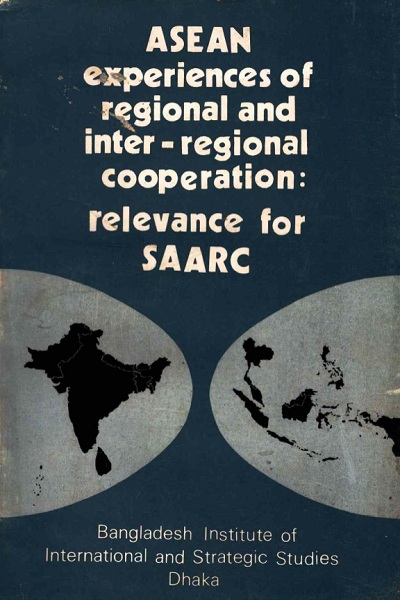Norms, Institutions and Transferable Practices

Produced from a 1987–88 research program, this book distils what made ASEAN cooperation effective in its formative decades and asks what, if anything, can travel to South Asia. It analyzes ASEAN’s consensus-seeking political norms, the role of regular ministerial and working-level meetings, and the creation of professional communities across foreign, trade, transport and health portfolios. The volume documents concrete instruments—hotlines, prior notification regimes, joint search-and-rescue exercises, media conduct understandings, and business facilitation—that lowered transaction costs and built habits of cooperation despite political diversity. It then maps these lessons onto the SAARC context, highlighting where adaptation is promising (transport and customs facilitation, health surveillance, disaster response, fisheries management) and where structural constraints require different approaches. Throughout, the book emphasizes verification, measurement and communication: cooperation that cannot be counted cannot endure. By privileging practical deliverables over grand declarations, it offers a toolkit for turning South Asian regionalism from episodic summitry into routine problem-solving.